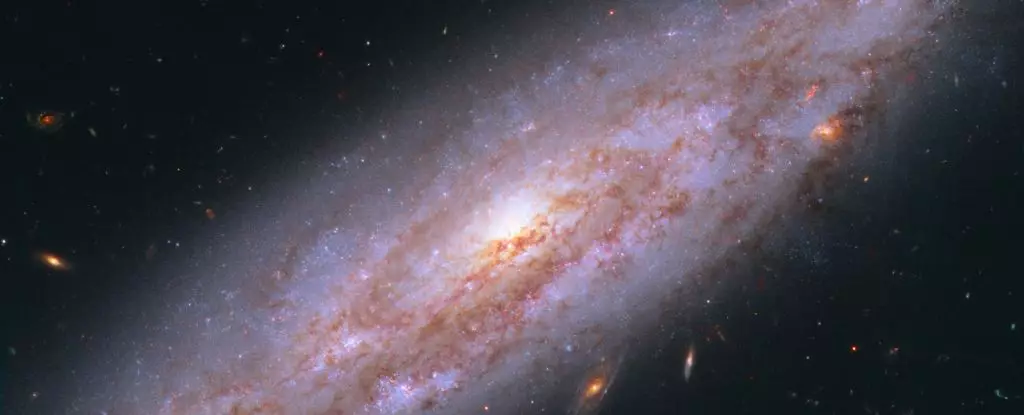The measurement of the expansion speed of the Universe has been a subject of intense debate among scientists for many years. Recent measurements using the James Webb Space Telescope have provided new insights into the rate at which the local Universe is moving away from us, potentially shedding light on the discrepancies in previous measurements.
Hubble Tension
The discrepancy, known as the Hubble tension, has been described as one of the biggest crises in cosmology. Different methods of measurement have yielded varying results, with signals from the early Universe indicating an accelerating rate of expansion, while signals from nearby galaxies suggest a slightly higher rate. This discrepancy has left scientists puzzled and eager to find a resolution.
Two types of observables have been used to measure the expansion speed of the Universe: standard rulers and standard candles. Standard rulers, such as the cosmic microwave background and baryon acoustic oscillations, provide accurate distance measurements from the early Universe. On the other hand, standard candles, including Cepheid variable stars and Type Ia supernovae, are objects of known intrinsic brightness that allow for distance calculations in the nearby Universe.
Astronomer Wendy Freedman and her team have been working on measuring the Hubble constant using different methods, particularly focusing on TRGB stars. These stars provide a uniform size and brightness, making them reliable tools for distance measurements to nearby galaxies. The James Webb Space Telescope was used to measure TRGB stars, Cepheid variable stars, and a new type of standard candle based on carbon-rich giant stars. The researchers obtained independent measurements of the Hubble constant from all three types of stars, providing a wealth of data for cross-checking and potential resolution of the discrepancies.
Implications and Future Directions
The new measurements suggest good agreement between different types of stars, indicating progress in resolving the Hubble tension. However, more measurements and cross-checking are needed to confirm the findings and ensure accuracy. While the discrepancies between different observables might explain the varying results, the search for a definitive answer continues. The possibility of encountering new physics in the quest for understanding the expansion speed of the Universe remains an exciting prospect for the scientific community.
The ongoing debate surrounding the expansion speed of the Universe presents both challenges and opportunities for scientific discovery. The new measurements taken with the James Webb Space Telescope provide valuable insights into the Hubble tension and pave the way for further research and exploration in the field of cosmology. As scientists continue to refine their methods and measurements, the quest for unraveling the mysteries of the Universe’s expansion speed remains a fascinating and complex endeavor.


Leave a Reply